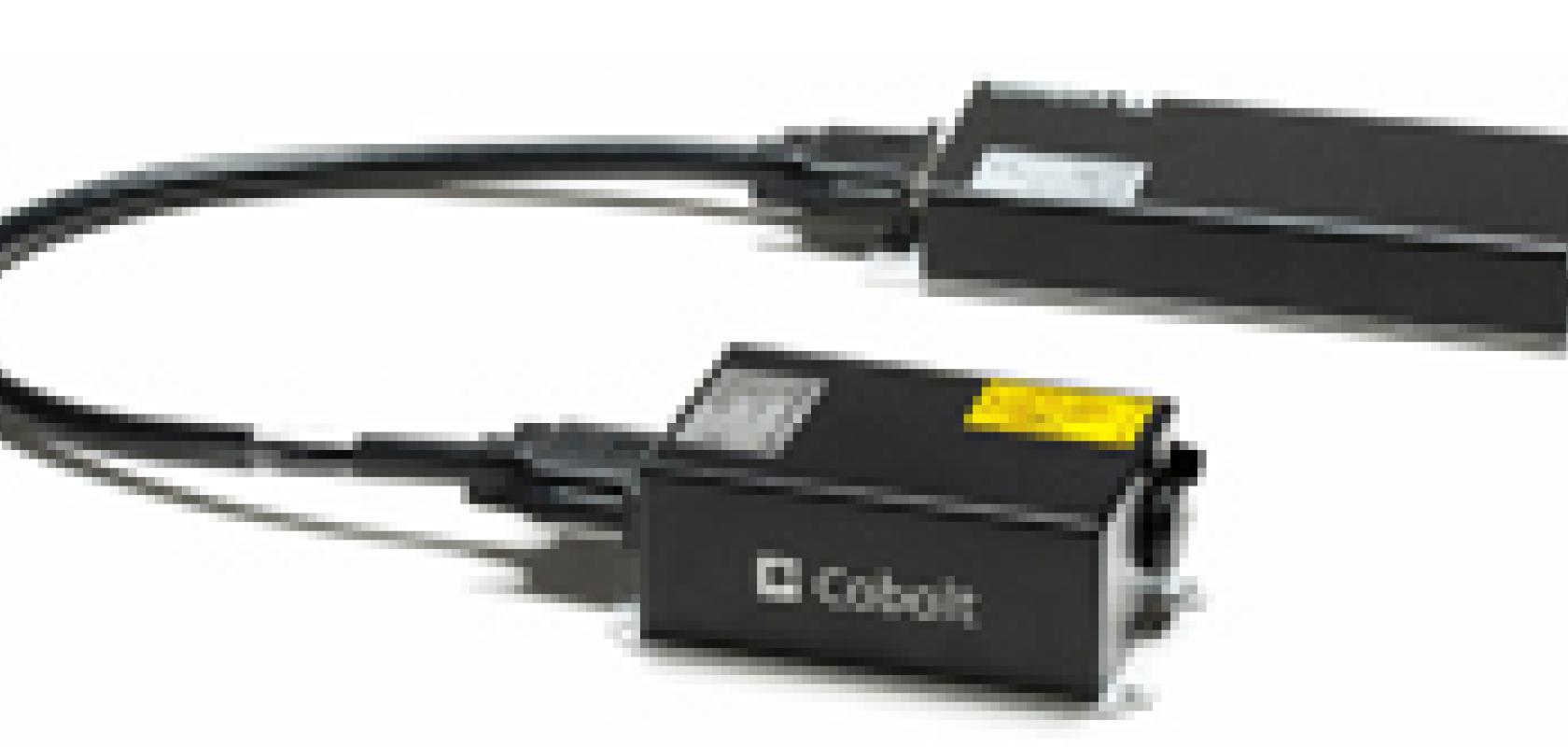New compact high repetition rate lasers for LIBS

LIBS technique and applications
The LIBS technology relies on focusing short and high energy laser pulses onto the surface of a target sample to generate a plasma of small amounts of ablated material. The extremely high temperatures within the early plasma (>100,000K) cause the ablated material to dissociate into excited atomic and ionic species and during the cooling process the characteristic atomic emission lines can be detected by a spectrograph. The method enables fast and sensitive chemical analysis of in principle any kind of matter (solid, liquid or gas). Detection limits are typically in low-PPMs for heavy metal elements. Sample preparation is normally unnecessary and the method is also considered essentially non-destructive as such a small amount of the material is removed. Other advantages of LIBS are its ability to provide depth profiles and capability to remove surface contamination.
LIBS is an attractive technology for a wide range of scientific and industrial analytical applications including metal content analysis, solar silicon quality control, plant & soil analysis, mining prospecting, forensic and biomedical studies, explosives and biological warfare detection. Particularly interesting is its potential use in tools for on-line analysis and sorting of metal scrap in scrap yards or production plants (e.g Aluminium and steel). Improved classification and sorting of the scrap allows for increased and more efficient recycling leading to reduced ecological footprint of metal production.
A typical experimental set up for a LIBS experiment involves a laser source, spectrometer and CCD camera as shown in fig 1.

Lasers for LIBS
Low repetition rate (~10 Hz) flashlamp pumped Q-switched Nd:YAG lasers at 1064 nm have been used as standard excitation sources in LIBS over the years due to their high pulse energies of 10 to severel hundred millijoules and short pulse widths (4-5ns). A major draw-back with these lasers sources is their large size and high power consumption, which is a strongly limiting factor for using LIBS in industrial and on-line applications.
More recently industrial fibre lasers have also been shown to provide good results in generating plasmas with mJ pulses of slightly longer 40 ns pulse widths and in the multi- kHz pulse rates1.
It is understood that the generation and properties of the plasma are affected not only by the pulse energy but also by the laser pulse width, repetition rate and wavelength2,3,4. Another important attribute of the laser is its beam quality as this parameter affects the power density at the sample.
The Cobolt ThorTM lasers represent a new class of compact high performance diode-pumped Q-switched lasers with multi-kHz repetition rate, pulse energies in the 100 μJ range, pulse widths of a few ns and very high quality beam (M2<1.3). In this work a Cobolt ThorTM 1064 nm (8 kHz, 4 ns, 150 μJ) was used in a LIBS set-up and the generated spectra from samples of Al alloys were compared with those generated with a low repetition rate flashlamp-pumped Q-switched laser with 10’s of mJ pulse energies. The beam from the Cobolt ThorTM 1064 nm was focused onto the target samples with a 50 mm focusing lens and the LIBS spectra were recorded with a CCD spectrometer. The results are presented in fig 2.

Both lasers generate high-quality LIBS data with clear characteristic emission lines of Al. The main advantage of the Cobolt ThorTM laser is its substantially more compact size. The laser head measures only 125x70x45 mm and is accompanied with an electronics unit for supply of drive currents and control signals measuring 190x72x28 mm. Typical heat load of the laser head is <30W which combined with the small size allows for compact integration into portable industrial LIBS systems (Fig 3). The strong performance of the Cobolt ThorTM laser in this LIBS application depends to a large extent on its high beam quality and clean short pulses (Fig 4) which allows focusing of the beam into very small spots to reach very high peak power densities at the sample. The unique cavity design of the laser also provides a very stable pulse train with very low pulse-to-pulse jitter, which facilitates synchronized gating of the detection system. The laser is manufactured into a hermetically sealed package which ensures robust performance in varying ambient conditions and long lifetime.
Conclusion
The LIBS technology has a great potential for being used in tools for industrial analytical applications such as on-line scrap metal sorting for more efficient recycling. We show in this work that the use of compact high-repetition-rate pulsed lasers with a high quality beam can provide high quality LIBS results while drastically reducing the system size allowing for integration into portable LIBS systems suitable for use in industrial environment.


Acknowledgements
This work has been conducted with help of ACREO Swedish ICT and Serea KIMAB.
References
1 Scharun et al, Spectrochimica Acta Part B 87(2013) 198-207
2 Radziemski et al, Spectrochimica Acta Part B 87(2013) 3-10
3 Ahmed et al, Journal of Applied Physics 106 (3) (2009)
4 Winefordner et al, Journal of Analytical Atomic Spectroscopy 2004 (19) 1061-1083
5 Noharet et al Photonics West, SPIE vol. 8992 89920R-1 (2014)
About Cobolt AB
Cobolt supplies high performance CW and Q-switched lasers for advanced analytical instrumentation.

